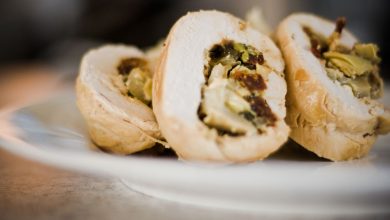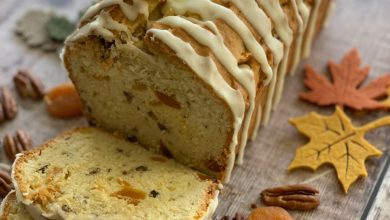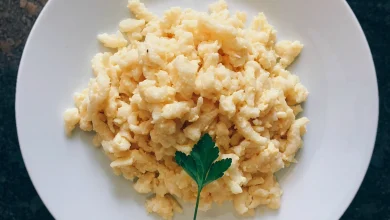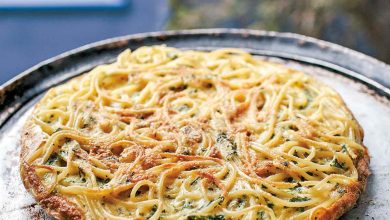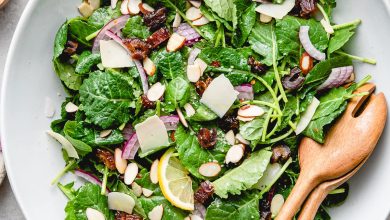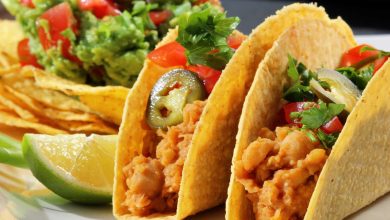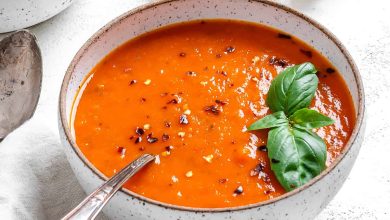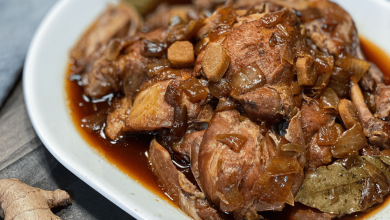Another Pumpkin Cheesecake Recipe
🎃🍰 Sure, I’d love to share a delicious Pumpkin Cheesecake recipe with you! 😊
What is Pumpkin Cheesecake?
Pumpkin Cheesecake is a delightful dessert that combines the creamy goodness of cheesecake with the warm, earthy flavors of pumpkin. It’s perfect for fall and Thanksgiving gatherings, offering a rich and indulgent treat with a hint of spice and a graham cracker crust.
History:
The history of Pumpkin Cheesecake is intertwined with the popularity of both cheesecake and pumpkin pie in the United States. Cheesecakes have been enjoyed since ancient Greece, and pumpkin pies have been a staple of American Thanksgiving dinners since the 17th century. Combining the two into Pumpkin Cheesecake likely emerged as a creative twist on these beloved desserts in the 20th century.
Components:
To make Pumpkin Cheesecake, you’ll need the following components:
- Crust: Typically, a graham cracker crust is used, made from crushed graham crackers, sugar, and melted butter.
- Filling: The filling consists of cream cheese, canned pumpkin puree, sugar, eggs, and a blend of spices like cinnamon, nutmeg, and cloves.
- Topping: You can add whipped cream, caramel sauce, or even chopped pecans for extra flavor and decoration.
Steps to Prepare Pumpkin Cheesecake:
Crust:
-
Prepare the Pan: Grease a 9-inch springform pan. Preheat your oven to 325°F (163°C).
-
Crush Graham Crackers: In a food processor or by placing the graham crackers in a plastic bag and using a rolling pin, crush the graham crackers until fine crumbs form.
-
Mix Crust Ingredients: In a bowl, combine the graham cracker crumbs, melted butter, and a bit of sugar. Mix until the crumbs are evenly coated.
-
Press Into Pan: Press the mixture into the bottom of the prepared pan to create an even crust. You can use the bottom of a glass to help with this.
Filling:
5. Beat Cream Cheese: In a large mixing bowl, beat the cream cheese until it’s smooth and creamy.
-
Add Pumpkin and Spices: Add the pumpkin puree, sugar, and your choice of spices (usually cinnamon, nutmeg, and cloves). Mix until well combined.
-
Add Eggs: Beat in the eggs one at a time until the mixture is smooth.
Combining and Baking:
8. Pour Filling Over Crust: Pour the pumpkin cheesecake mixture over the graham cracker crust in the pan.
-
Bake: Place the pan in the preheated oven and bake for about 45-50 minutes, or until the edges are set but the center is slightly jiggly.
-
Cooling: Turn off the oven, crack the oven door, and let the cheesecake cool for about an hour. Then, refrigerate for several hours or overnight to set completely.
Topping:
11. Whipped Cream and Decorations: Before serving, you can add whipped cream and other decorations like caramel sauce or chopped pecans to your liking.
Total Time:
The total time needed for preparing and baking a Pumpkin Cheesecake is usually around 2.5 to 3 hours, including cooling and chilling time.
Enjoy your homemade Pumpkin Cheesecake! 🎃🍰 It’s a delightful treat that’s perfect for celebrating the flavors of autumn. 😊
Certainly, here are the nutrition facts and some health information for a typical slice of Pumpkin Cheesecake (1/8th of a 9-inch cheesecake):
Nutrition Facts (Approximate Values):
- Calories: 350-400 calories per slice
- Fat: 20-25 grams
- Saturated Fat: 10-12 grams
- Carbohydrates: 35-40 grams
- Sugar: 25-30 grams
- Protein: 5-7 grams
Health Information:
-
Moderation: Pumpkin Cheesecake is a delicious but indulgent dessert. It’s best enjoyed in moderation due to its high calorie and sugar content.
-
Calorie Awareness: Be mindful of portion sizes to manage calorie intake. Smaller slices can help reduce the calorie load.
-
Fat Content: The cheesecake contains a significant amount of fat, with saturated fat making up a portion of it. Excessive saturated fat intake is associated with cardiovascular health risks, so limit consumption.
-
Carbohydrates and Sugar: The high carbohydrate and sugar content comes from the crust and sweetened filling. Excess sugar intake can contribute to weight gain and other health issues.
-
Protein: While there is some protein in cheesecake, it’s not a significant source. Consider adding a source of protein to your meal for better nutritional balance.
-
Nutrient Density: Pumpkin does provide some nutritional value, including vitamins A and C, as well as fiber. However, the overall nutrient density of cheesecake is relatively low.
-
Dietary Considerations: Pumpkin Cheesecake is not suitable for those with lactose intolerance or dairy allergies due to its cream cheese content.
-
Customization: You can make adjustments to the recipe to reduce the sugar and fat content, such as using low-fat cream cheese, less sugar, and a thinner crust.
-
Garnishes: Be cautious with additional toppings like whipped cream and caramel sauce, as they can add extra calories and sugar.
Remember, while Pumpkin Cheesecake can be enjoyed as an occasional treat, it’s important to maintain a balanced diet with plenty of fruits, vegetables, and whole grains for optimal health.

